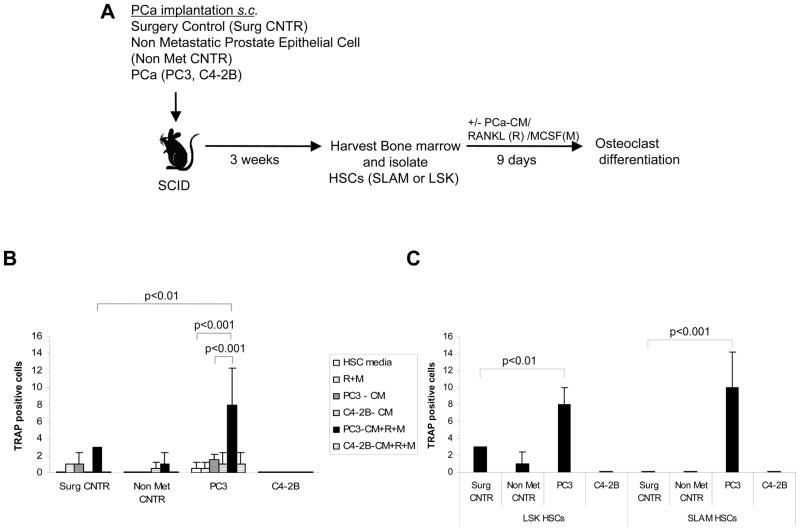Figure 5. HSCs from osteolytic PC3 bearing animals differentiated directly into osteoclasts.
(A) Experimental outline. HSCs (CD150+ Lin− CD48− CD41− Sca-1+ cKit+) (SLAM)and Lin− CD48− CD41−Sca-1+ cKit+ (LSK) were isolated from tumor bearing animals and differentiated into osteoclast in the presence or absence of PCa-conditioned medium (PC3-CM and C4-2B-CM), RANKL/M-CSF or in combination. (B) Number of TRAP+ cells after culture. LSK HSCs from osteolytic PC3 tumor bearing animals could direct the formation of osteoclast differentiation in the presence of PC3-conditioned medium (PC3-CM), M-CSF (M) and RANKL (R). Significant differences from the surgical control group (p<0.01) or HSCs derived from PC3 implanted animals treated with either vehicle alone or PC3 conditioned medium alone (p<0.001) were calculated. (C) Evaluation of the ability of different HSC populations to differentiate into osteoclasts. Osteoclast differentiation ability of SLAM HSCs and LSK HSCs from osteolytic PC3 tumor-bearing animals were compared in the presence of PC3 conditioned medium with RANKL and M-CSF. Data represent mean ± SD performed in triplicate in 3 independent experiments. Significant differences from surgical controls were established at p<0.01 and p<0.001

